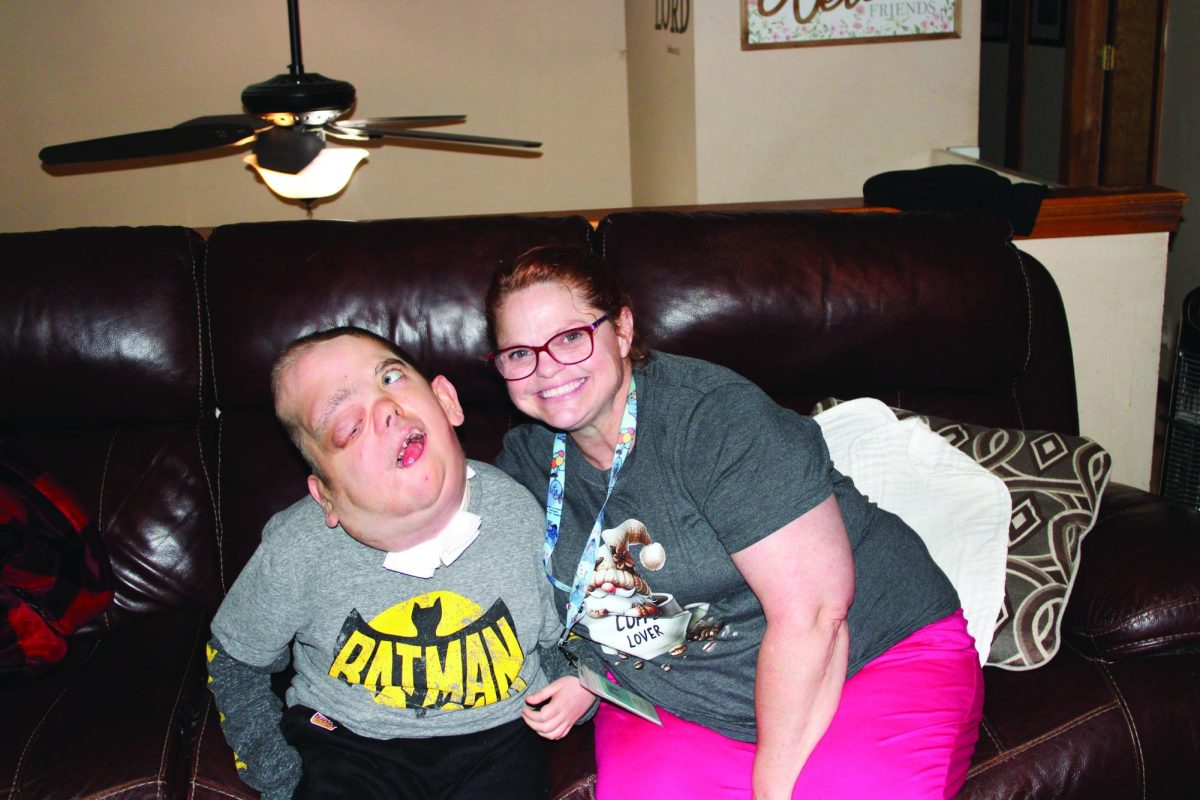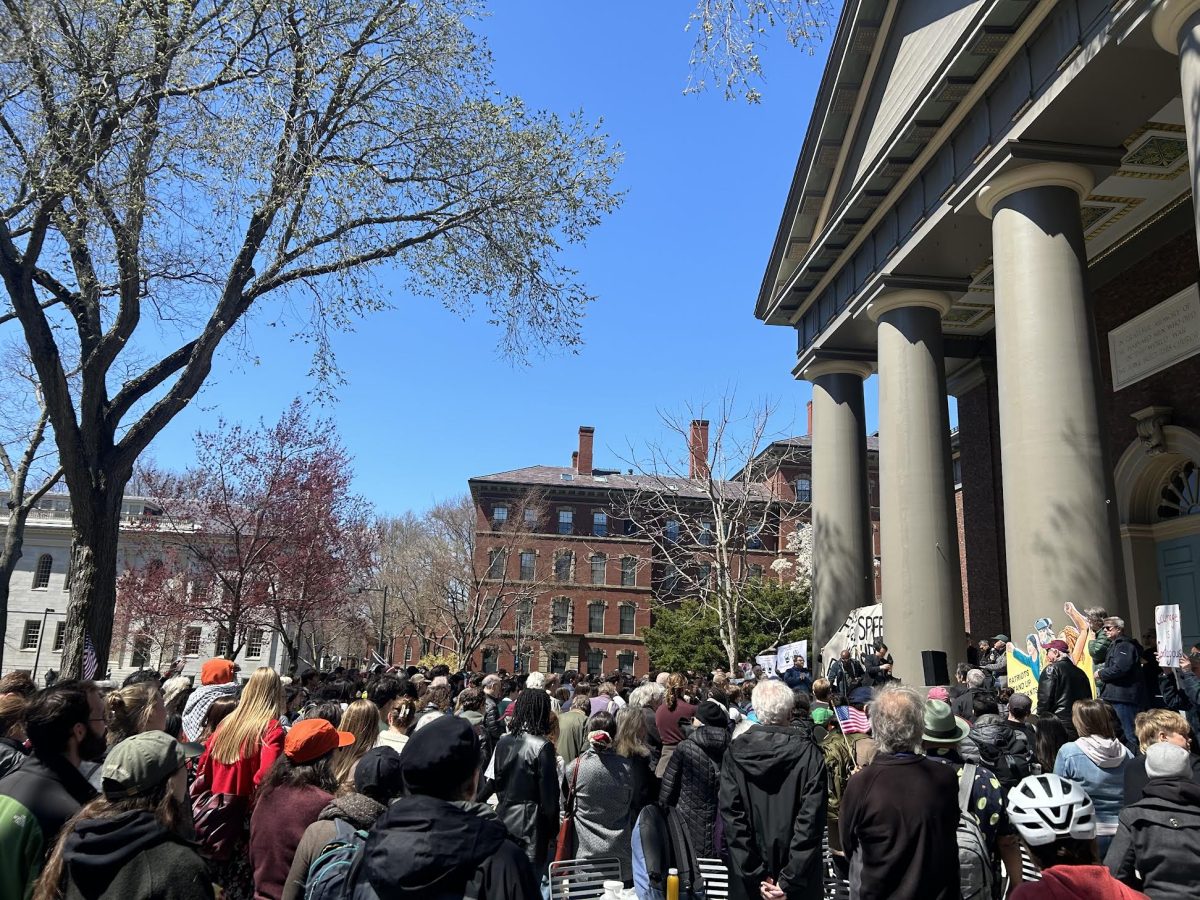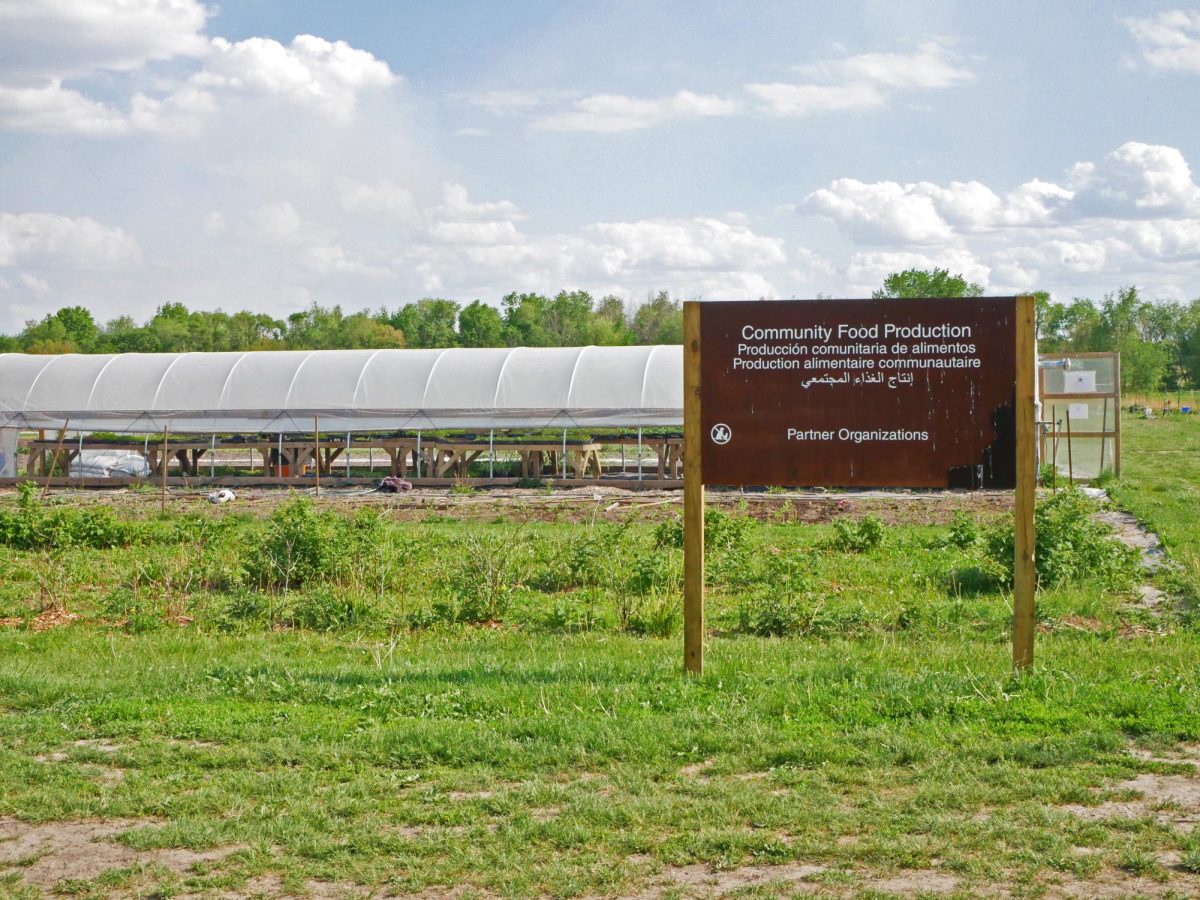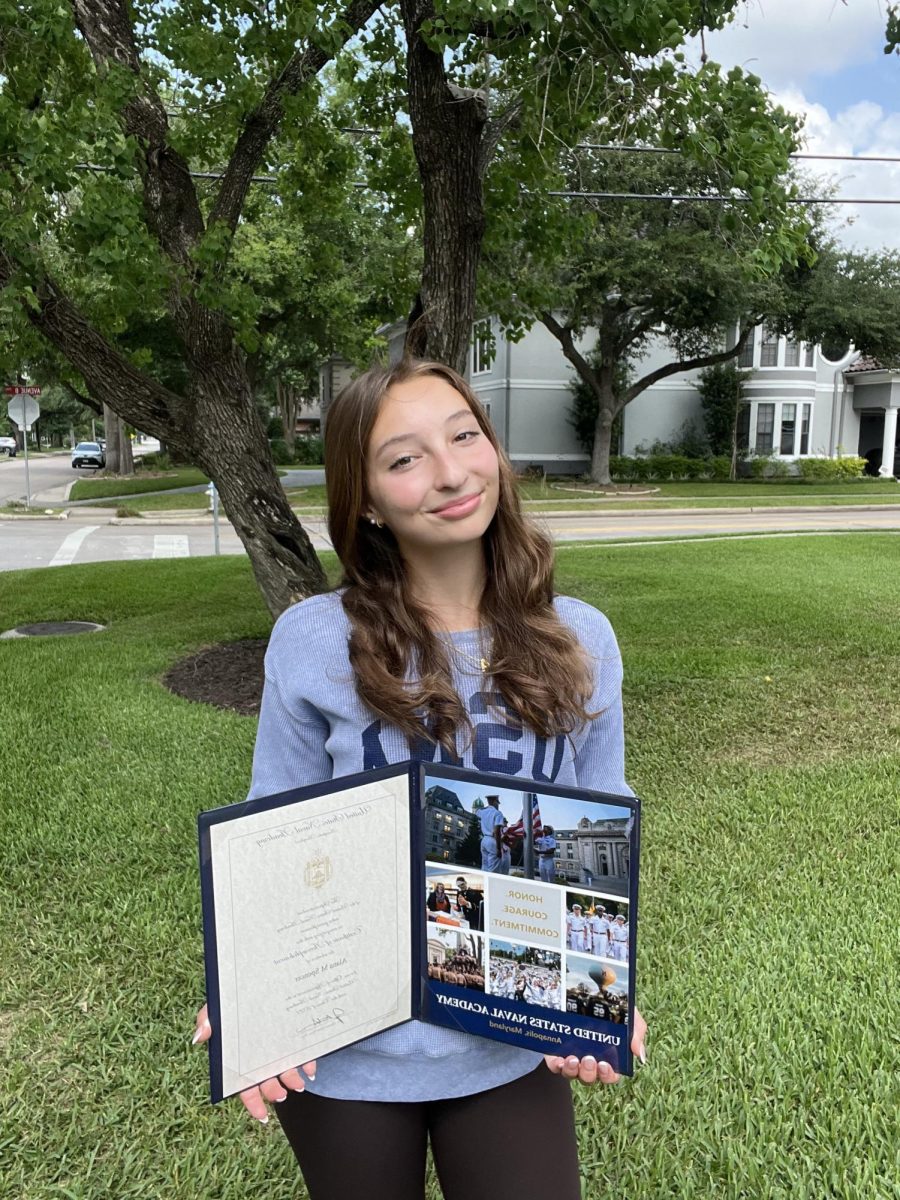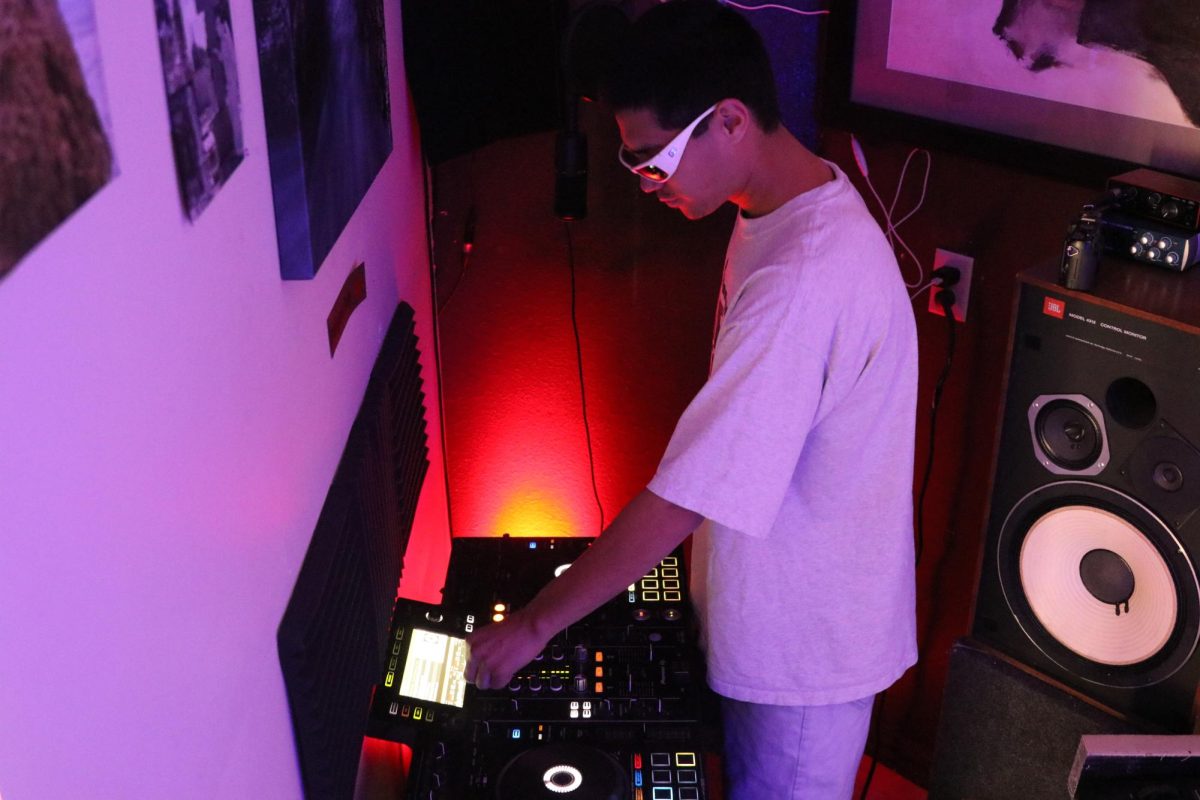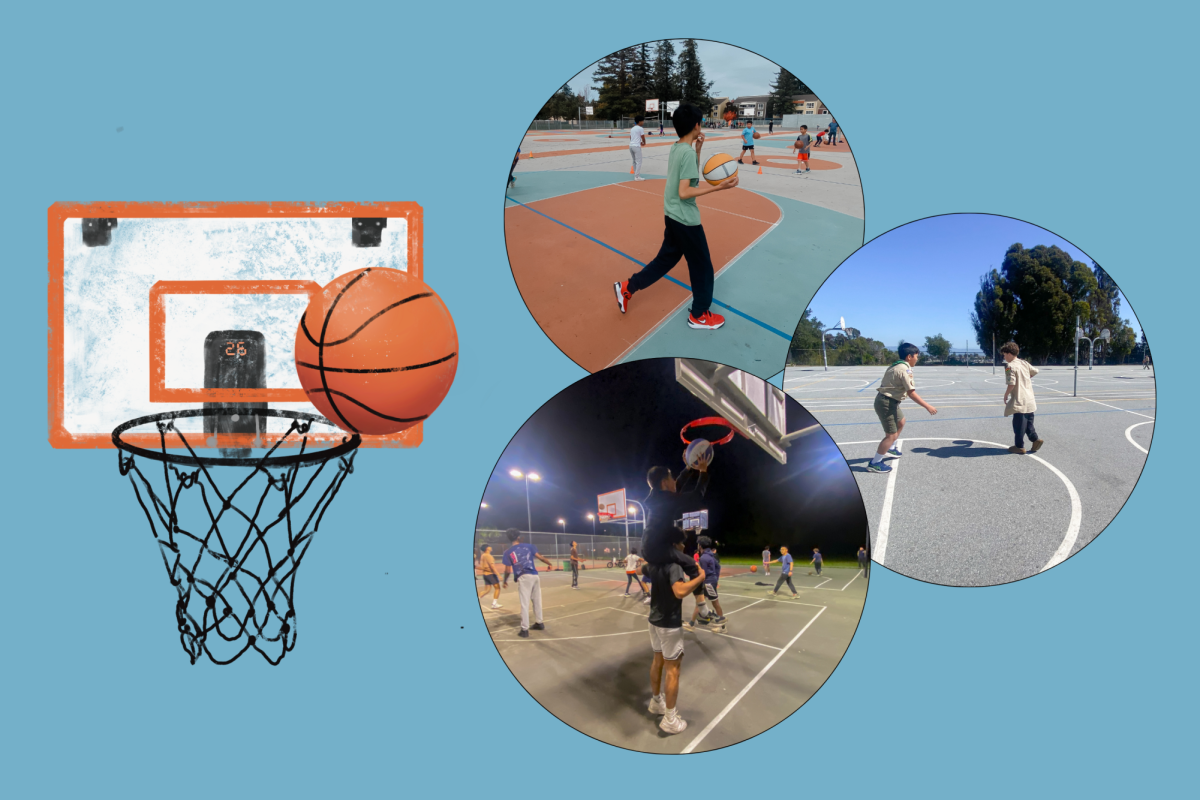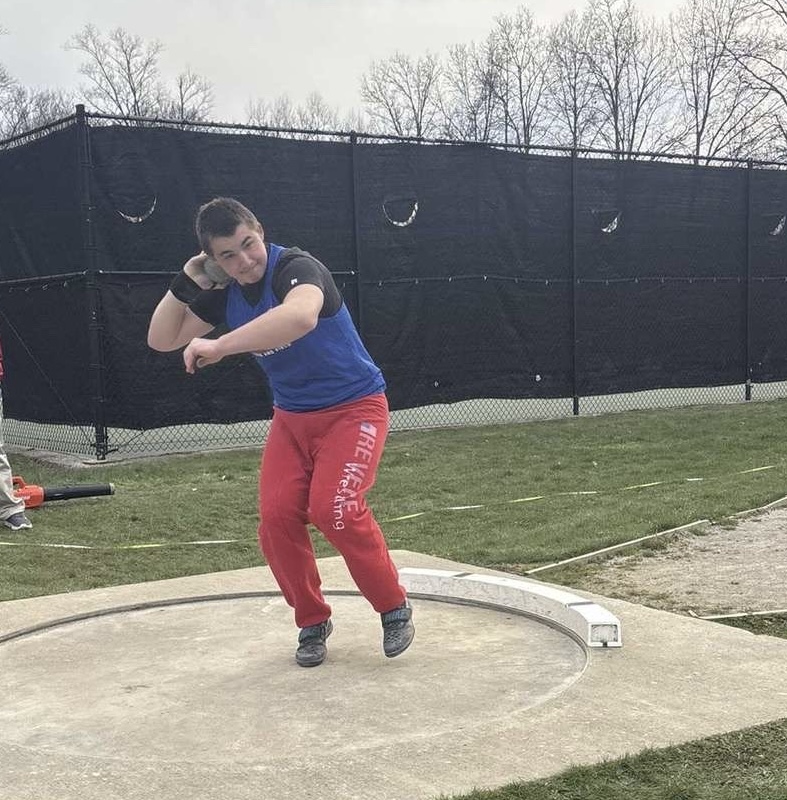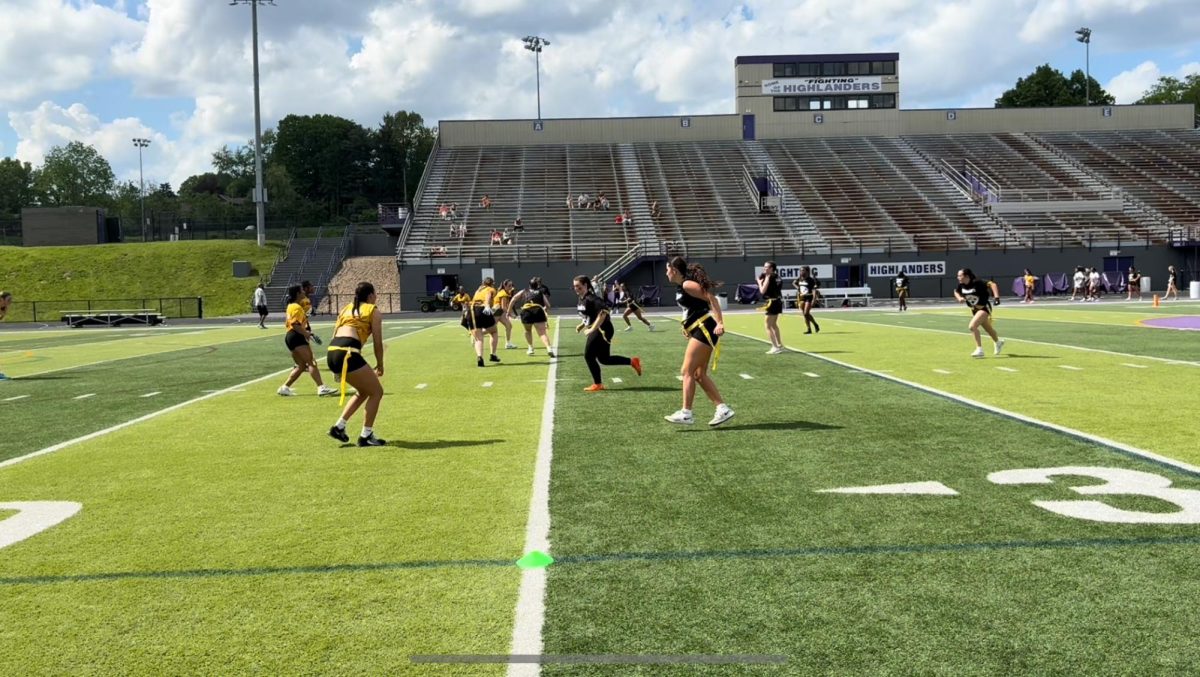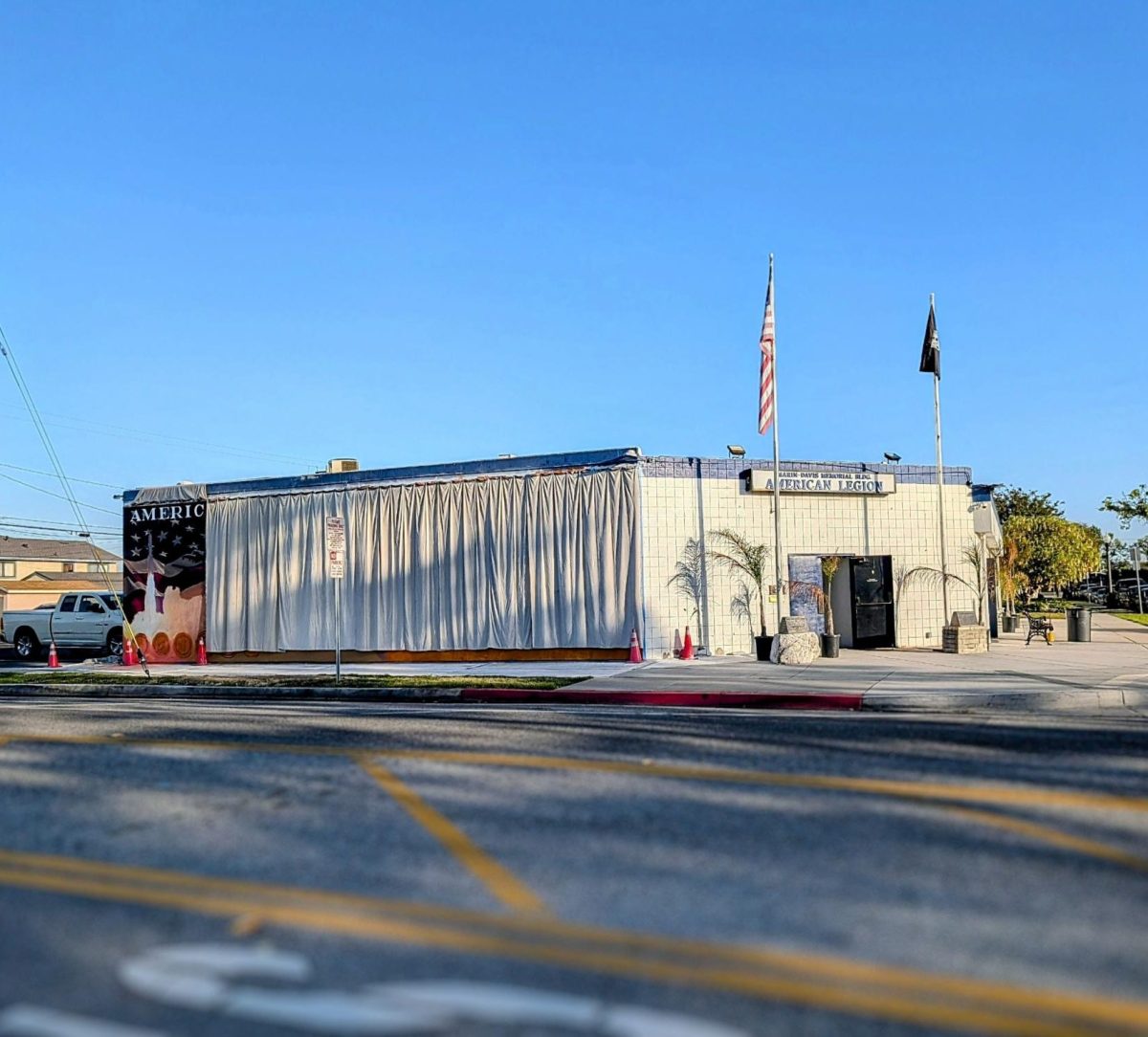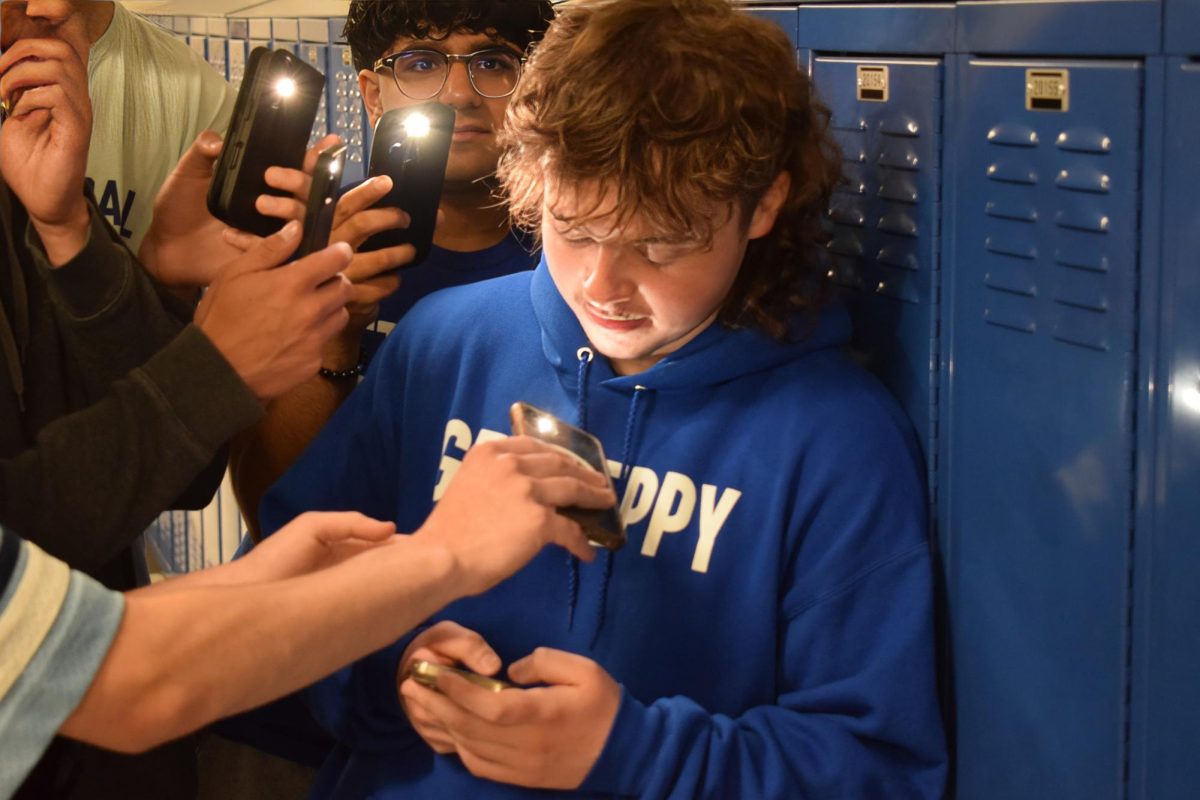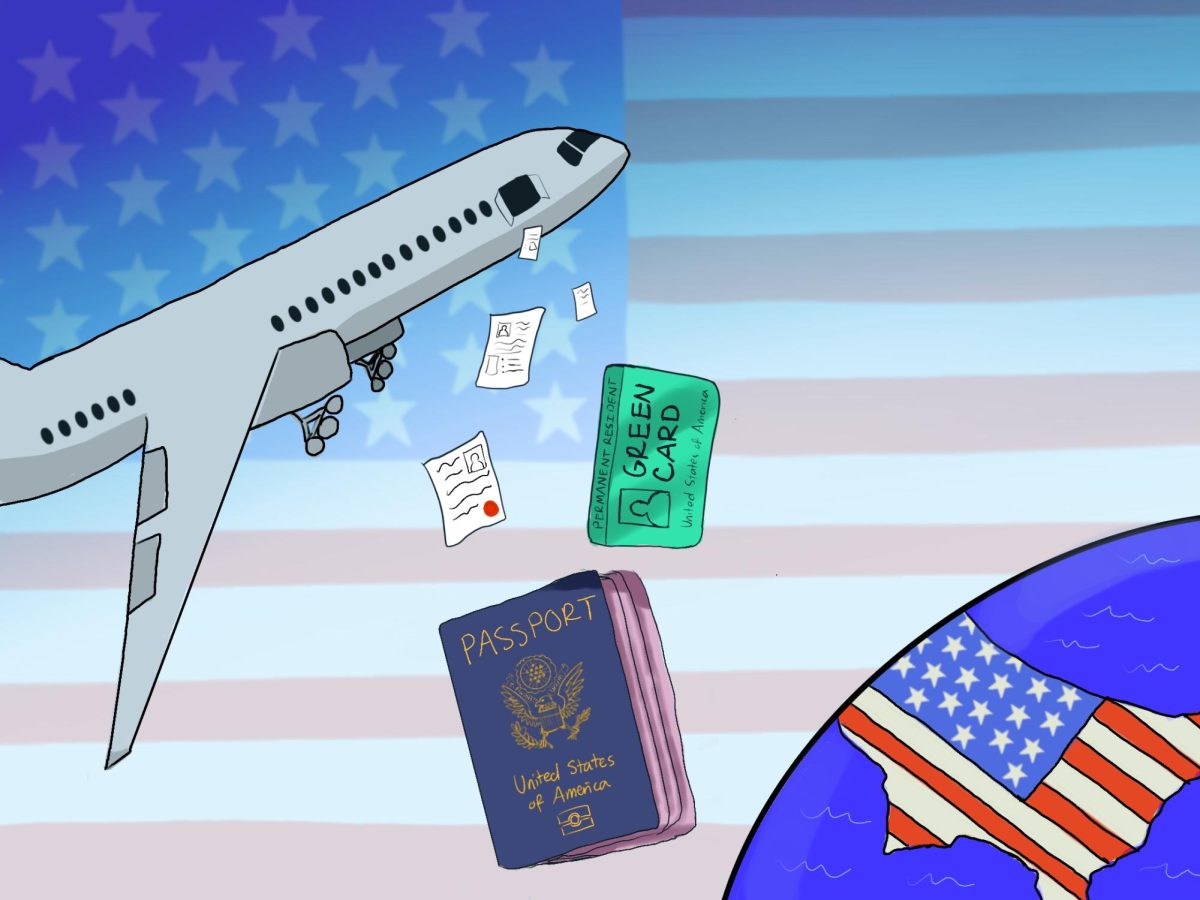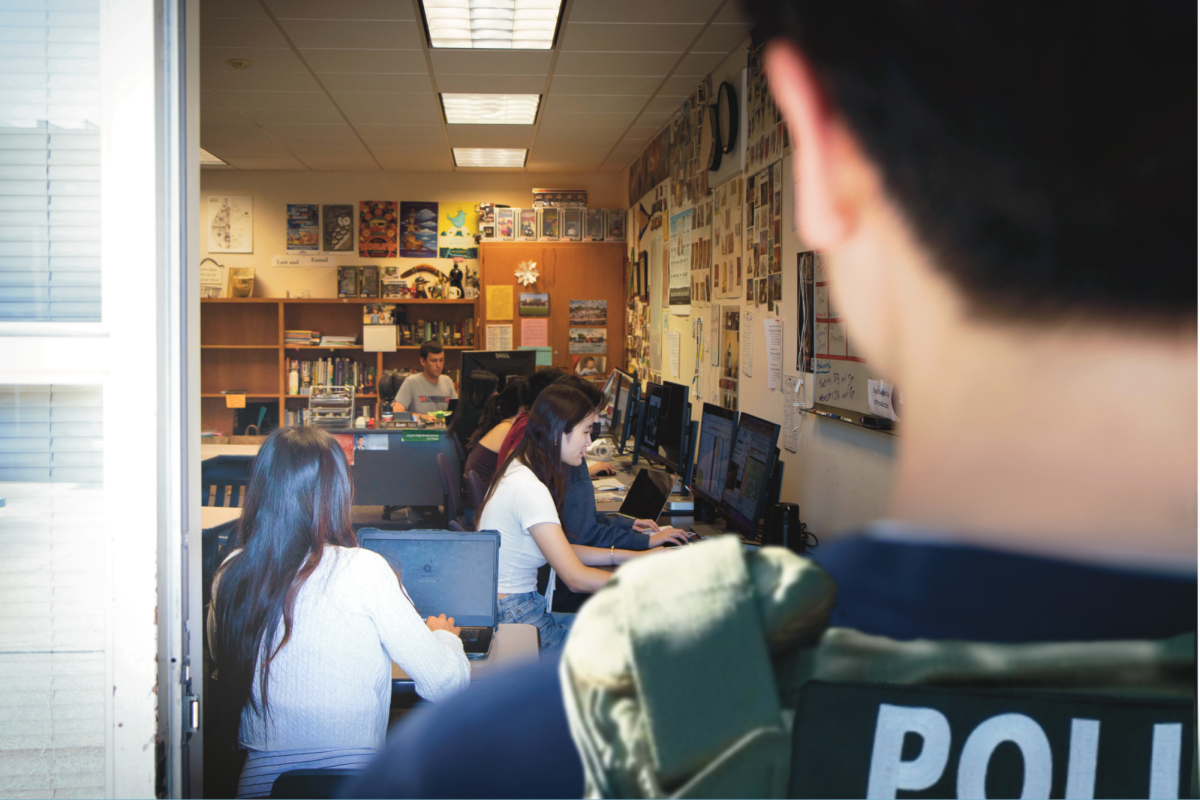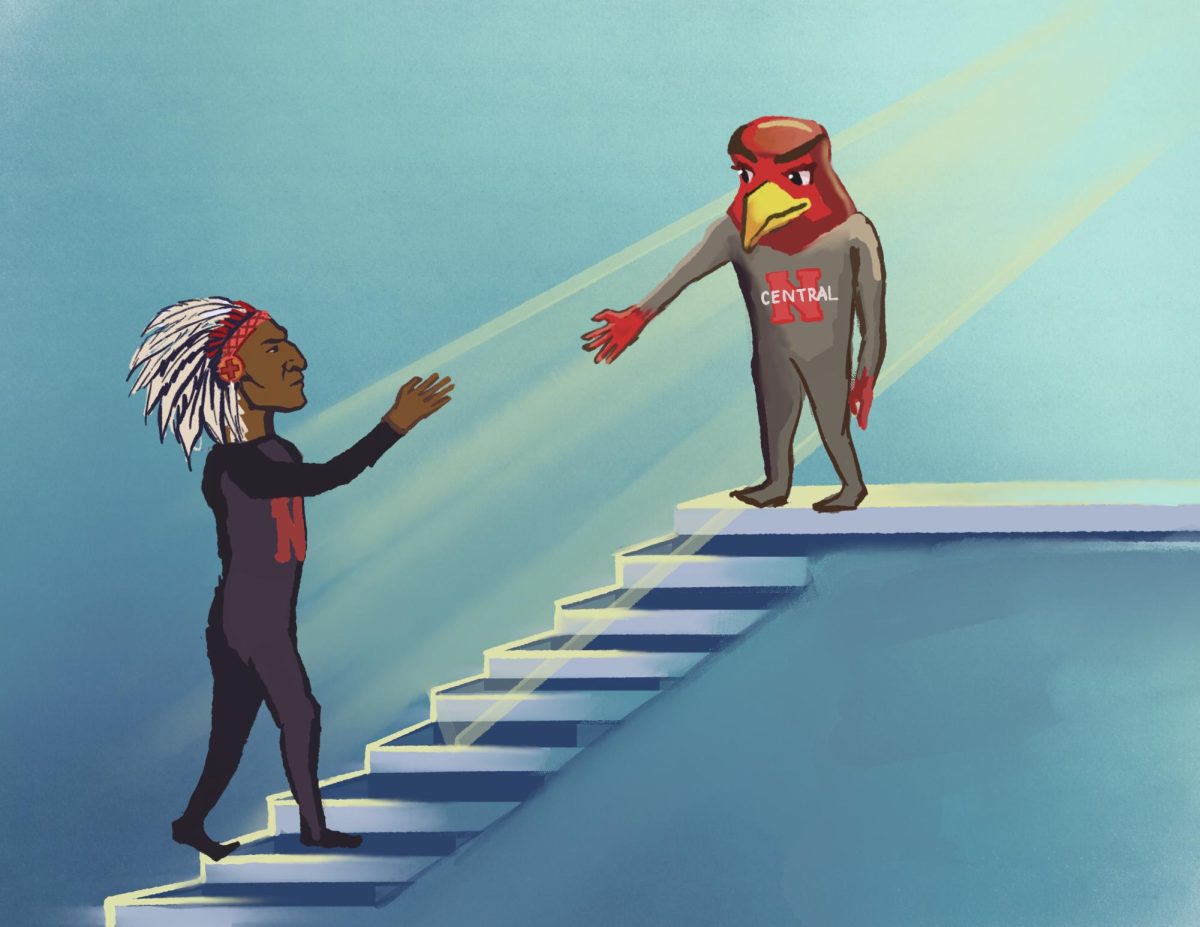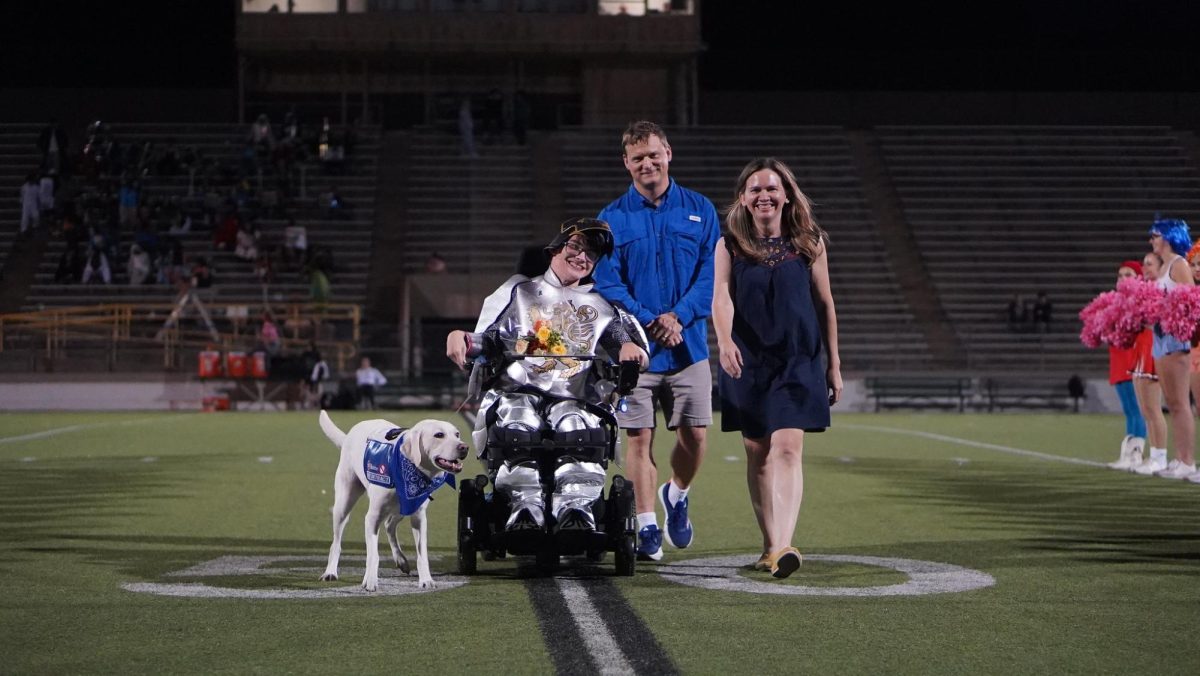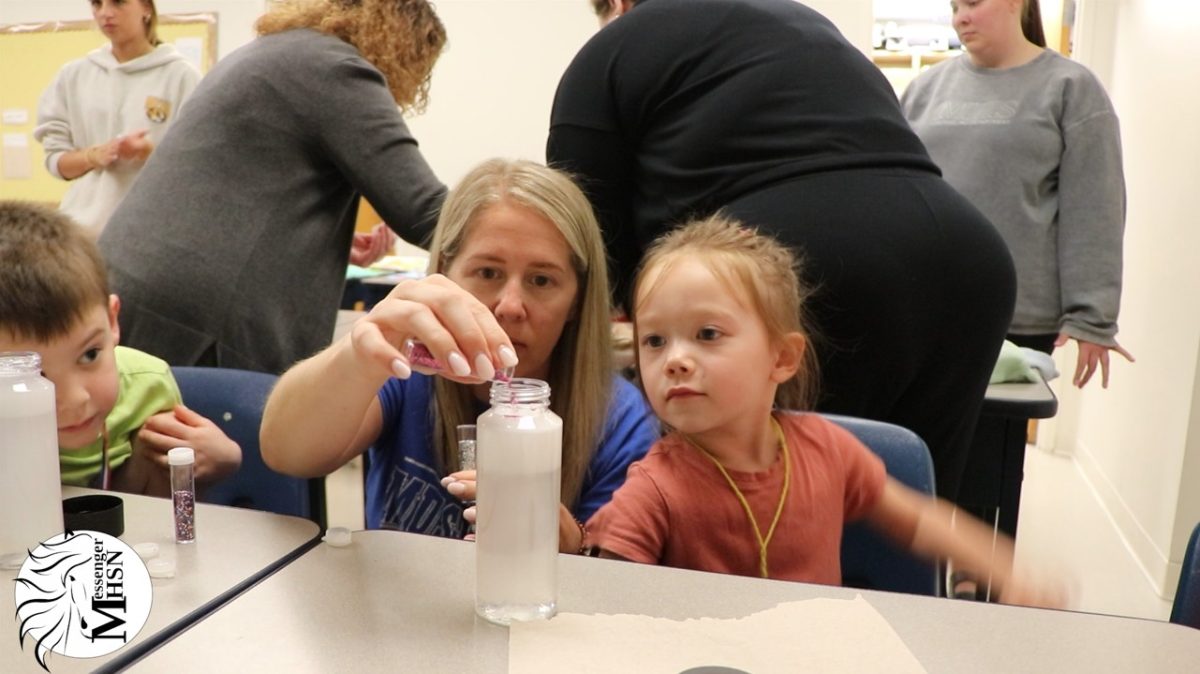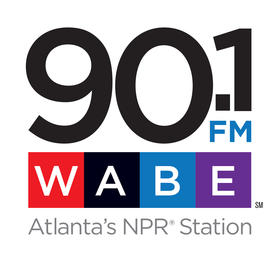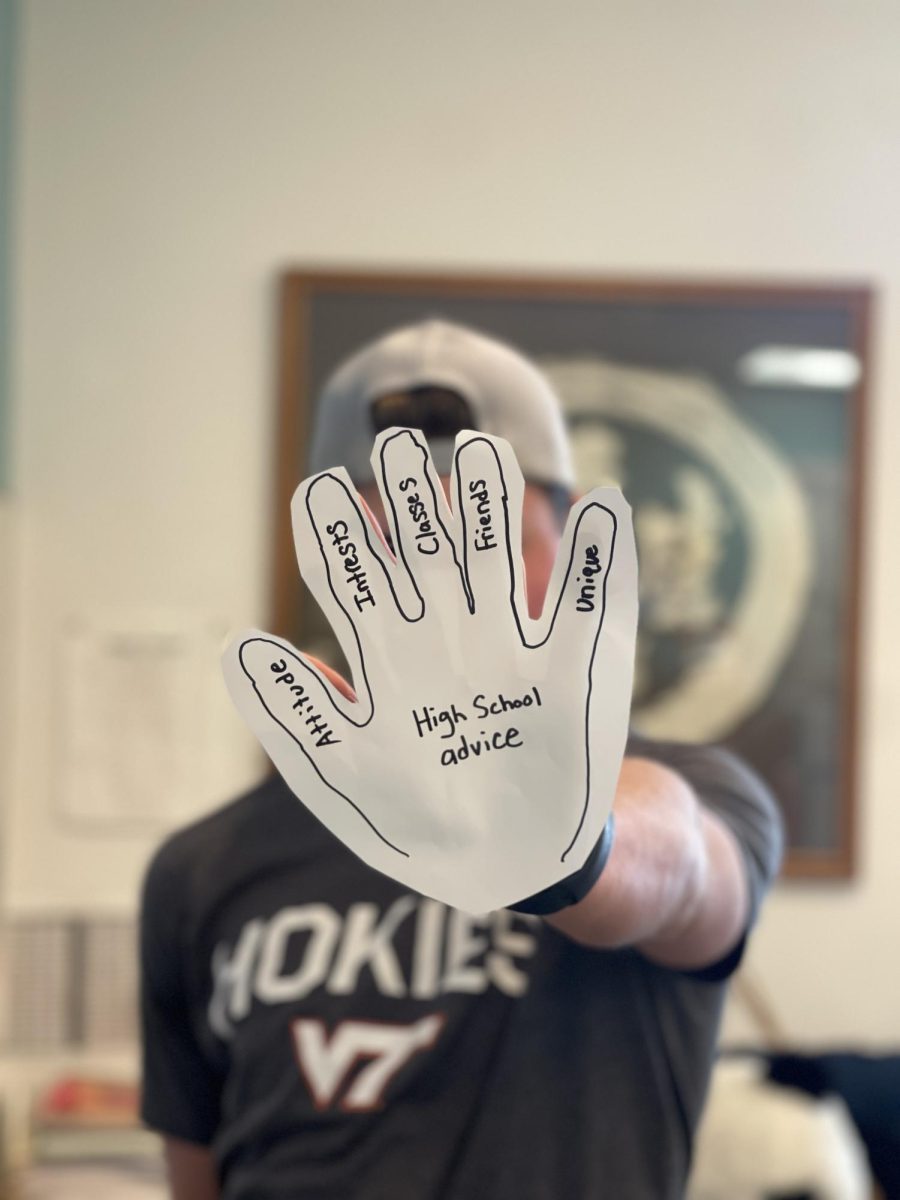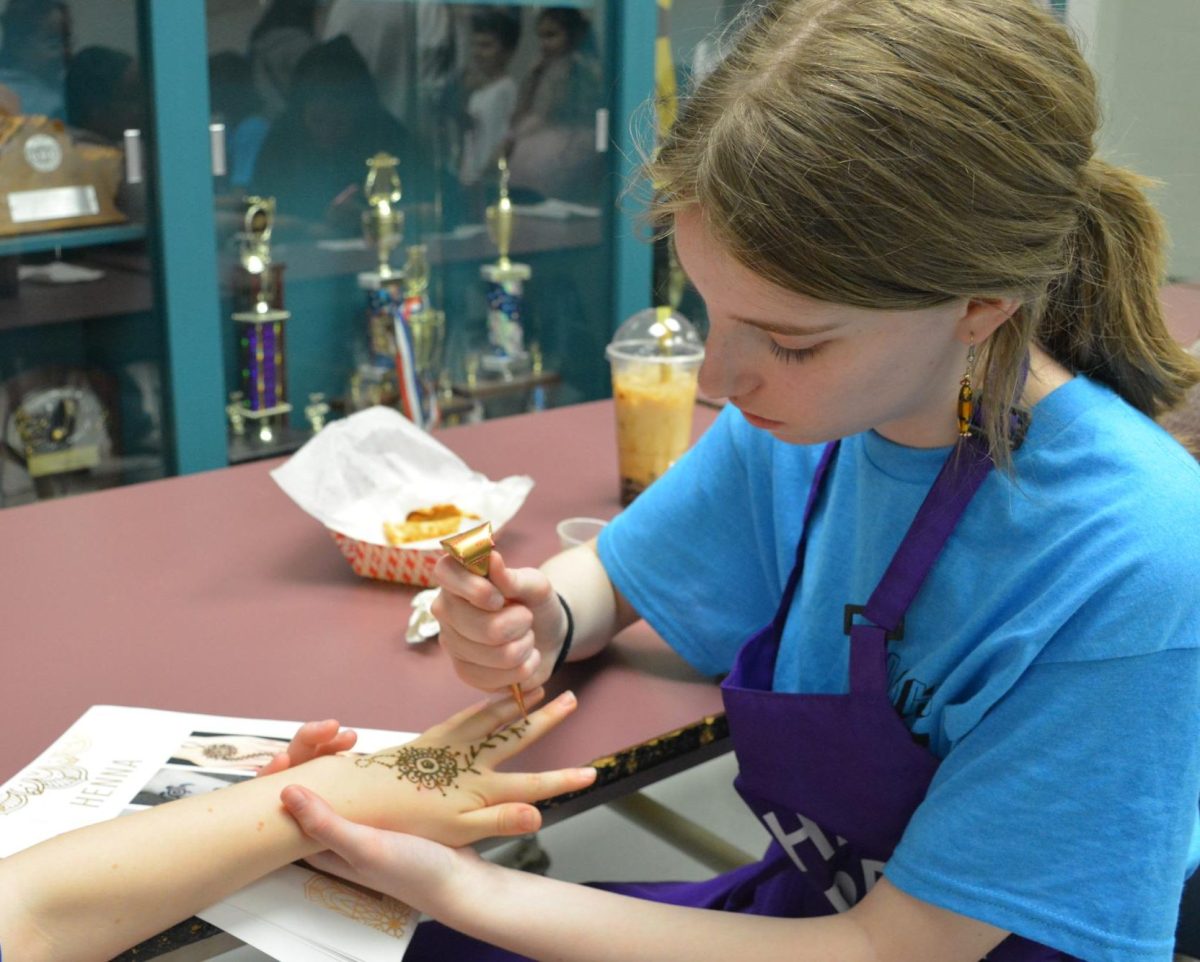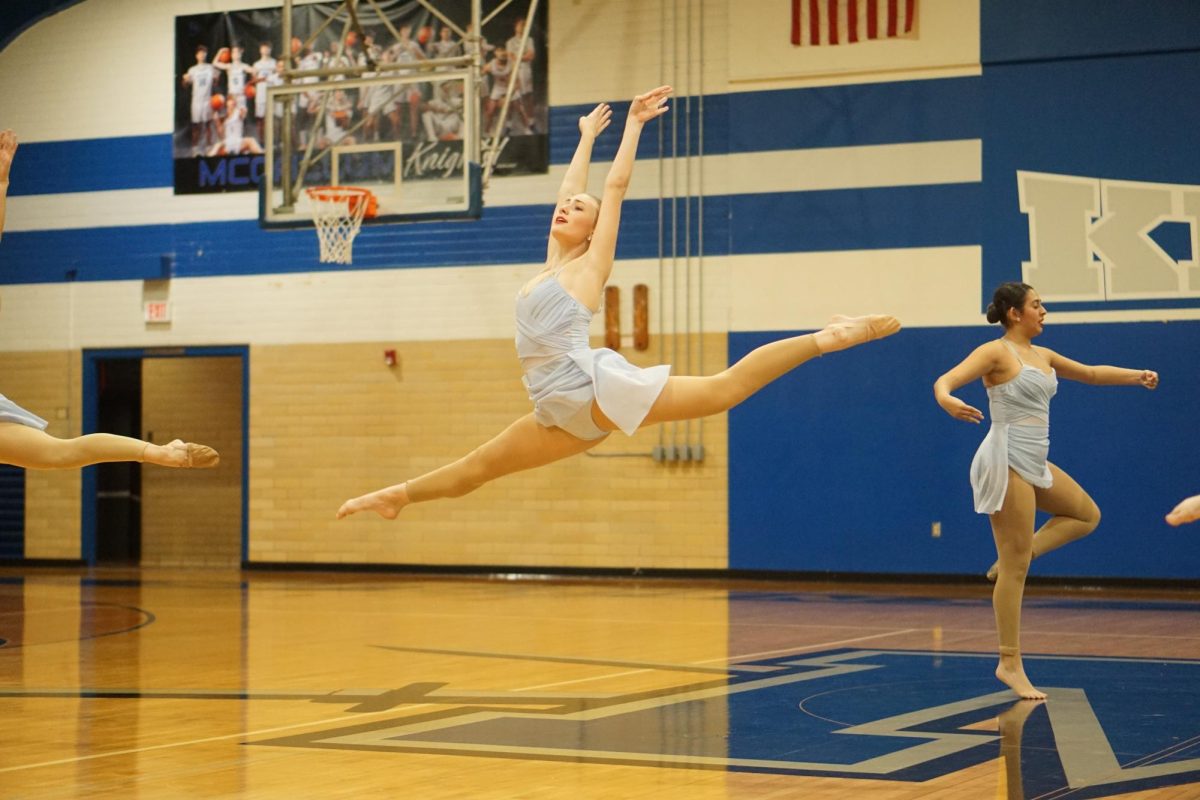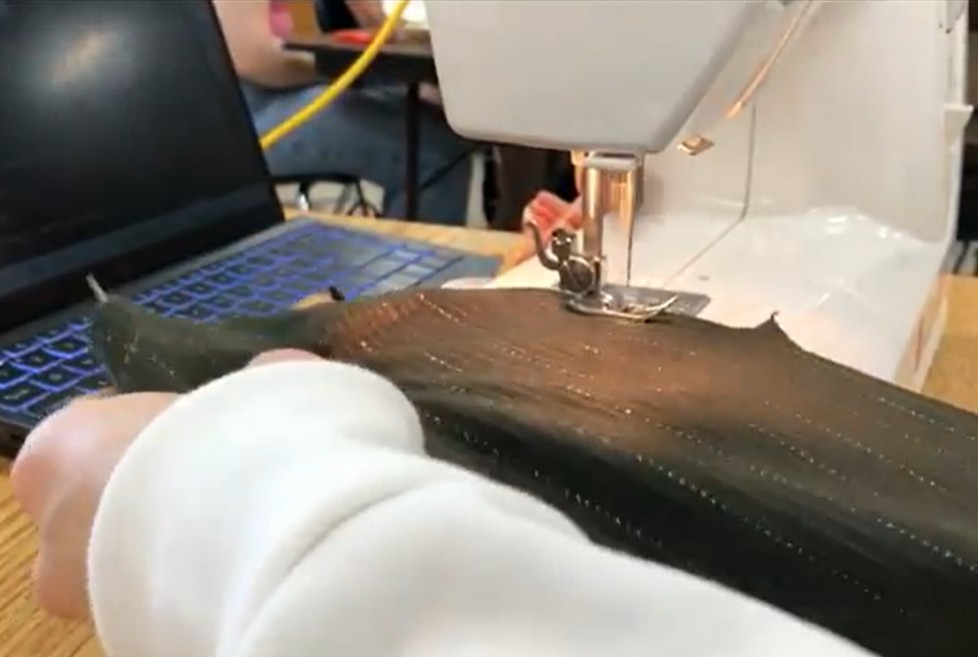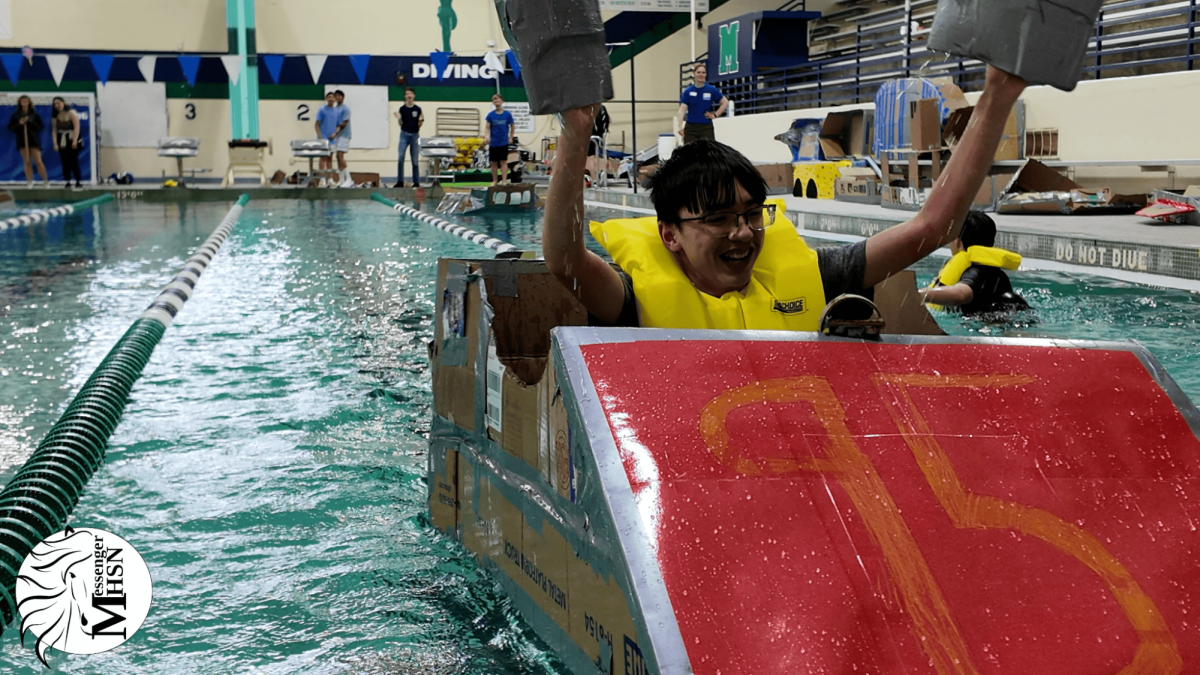It starts as quiet murmurs. You hear your friends speculate about what might happen. As the day grows near, you start to check your phone hourly for updates. A few of your classmates might even pester your teacher to ask for their input on the situation.
“Oh, we’ll see…” and “I wouldn’t hold your breath…” are common answers.
Most teachers try not to make definitive statements regarding school delays and cancelations, if only so as to not get their class’ hopes up. The NASH Science Department’s Mr. Omasits is not one of those teachers.
So far this school year, North Allegheny has had three snow cancelations. Omasits has, in some form, correctly predicted all three.
Omasits has become renowned by his students and even fellow staff for his miraculous weather-predicting abilities. He does not shy away from answering questions when it comes to upcoming weather.
“If Mr. O says there’s going to be a snow day, I plan for the snow day,” said student Sarina Luke. She’s one of many who banks on her teacher for accurate information.
This past January, during the cold snap, he predicted that we would have off one day and a two hour delay the other. NA wound up fully canceling both days. He predicted the snow cancelation this past December, too.
Two hour delays? He’s been perfect with them, too. Other than the prediction of one delay and one cancelation during the week of MLK day, he has a perfect score card this school year.
Given his track record, those who talk to him hold his predictions in very high regard. Manan Rastogi, a senior in Omasits’ physics class, said, “I don’t end up setting an alarm, and it always winds up true.”
So, how does he do it? Omasits says it all comes from publicly available online weather models, and his lifelong love of weather that gives him the skills to interpret them.
There are many sources for weather models online, many of which are maintained by college meteorology departments. While most are available to the general public, not all of them show data in a way that’s easy to read.
“The models do their best to predict based on what’s going on now, what that should look like a week, two weeks, three weeks out,” Omasits said. “If a lot of them agree with each other, that’s a good sign that it might mean that’s actually going to happen. Or, if they’re all over the place, that’s called model spread. That means they’re not accurate yet.”
If the models agree, and the forecasts they give call for low temperatures and lots of precipitation, or very low temperatures below NA’s threshold, Mr. O is able to predict with relative certainty that we will have either a delay or cancellation.
Predictions get better as time passes, too. Model spread, when multiple sources show different forecasts, decreases as more data is available in real time. Remember, weather models use lots of what’s happening now to predict later. This means that Mr. O typically only makes his final call the day before.
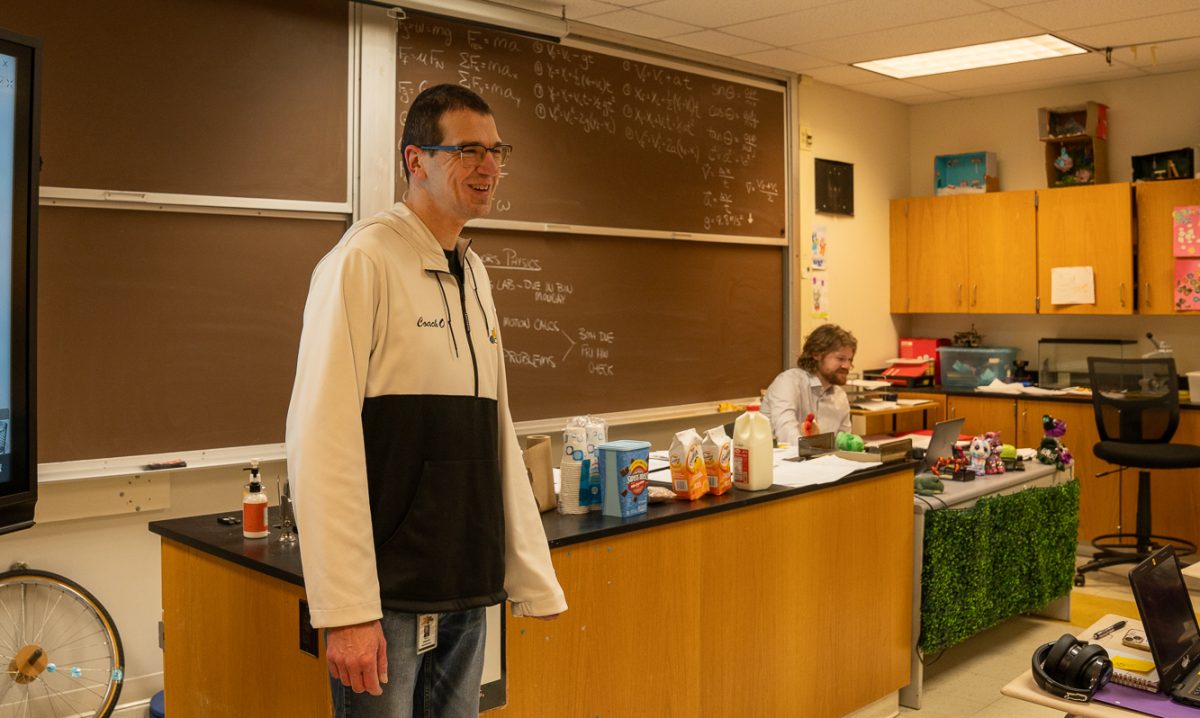
But for some students, especially when the pain of a no-snow-day call is too much to bear, the day before is not close enough.
“I’ll have students emailing me at night before a storm or a delay or cancelation day at eight o’clock, saying just ‘okay what’s your final prediction?’ so I have to write back to them and I have to be careful to get that one right so that I don’t tell them the wrong thing four hours before it happens,” Mr. O said.
If somehow he does wrongly call a snow day–an occasion that occurs just slightly less than flying pig sightings–his students will be compensated fairly.
“If he’s wrong, he’s going to give us hot cocoa anyways,” NASH senior Sarina Luke said.
While it’s awe-inspiring when Omasits can predict a snow day, it’s just as important and impressive to predict a no-call. While such projections may send some students home disappointed, it’s important to give everyone the most accurate information possible, and sometimes that means no snow day.
“Students love to complain when we don’t have a delay or cancelation,” Omasits said. “They’ll say, ‘Why are we here today? The roads were so bad!’ and there’s a lot that goes into it and sometimes it’s just that timing of when the snow happened caught us off guard.”
There are many moving parts that go into deciding whether the district alters schedules for weather. There has to be consideration about transportation, both buses and cars, families’ abilities to keep kids at home during the week, the amount of snow days that have occurred that year so far, and much more.
Students also tend to get their hopes up when they see snow in the forecast online. In reality, they’re often just looking at the forecast for the greater Pittsburgh area. There may be heavy snowfall, but it could occur 50 miles south and miss NA entirely.
The administrative decision to call a snow day can be confusing for students. But we can rest a little easier on these cold winter nights knowing that Mr. Omasits will be there as NASH’s local weatherman.
This story was originally published on The Uproar on February 14, 2025.

